Retro Replay Review
Gameplay
The Sacred Mirror of Kofun places players in the shoes of Chris Young, a multi-talented racer and marine technology specialist, as he embarks on a high-stakes retrieval mission. The core gameplay revolves around puzzle solving and environmental exploration, blending interactive QuickTime VR 360º panoramas with traditional point-and-click slides. Each section challenges you to survey your surroundings carefully, gather clues, and manipulate objects in order to progress deeper into the mystery of the sacred mirror.
(HEY YOU!! We hope you enjoy! We try not to run ads. So basically, this is a very expensive hobby running this site. Please consider joining us for updates, forums, and more. Network w/ us to make some cash or friends while retro gaming, and you can win some free retro games for posting. Okay, carry on 👍)
A distinctive feature is the underwater photography mechanic. Armed with a camera, you dive beneath the waves to capture images of marine life and submerged relics. These snapshots feed directly into the game’s database system, E.D.W.A.R.D, gradually unlocking new areas and data entries. This mechanic not only encourages patient observation but also adds a collectible element that serious adventure gamers will appreciate.
Interaction with the Antares crew supplies the narrative impetus for your missions. Through dialog trees and shipboard exploration, you piece together hints about the mirror’s origins and protective magic. Conversations can open side puzzles or trigger deeper dives, so engaging with every character can dramatically alter the pace and direction of your adventure.
Graphics
The visual presentation is a hybrid of live-action documentary footage and rendered panoramas. On deck, you navigate through crisp, pre-rendered slides that recall other Myst-like titles of the era. These scenes are detailed, with rich textures and ambient sound cues that immerse you in the ship’s creaking hallways and ocean-scented atmosphere.
Underwater segments showcase real marine biologist Jean-Michel Cousteau’s documentary footage, lending authenticity and a sense of wonder. Schools of fish, coral formations, and sea turtles appear in full motion video, breaking up the static graphics and adding a breathtaking realism seldom seen in 1990s adventure games. This blend of live footage with interactive elements makes each dive a visual treat.
However, the transition between live footage and rendered environments can sometimes feel jarring, especially if your system struggles with QuickTime VR playback. Despite this, the technical ambition shines through—offering 360º views that, when fully loaded, allow you to look around every corner of an ancient temple or the hull of the Antares with surprising clarity.
Story
The narrative kicks off when the Worldwide Heritage Foundation summons Chris Young to Japan to recover the legendary mirror of Kofun. Said to wield mystical protection, the artifact has vanished under mysterious circumstances. From tranquil coastal towns to hidden underwater sanctuaries, each new scene layers on historical lore, cryptic inscriptions, and cultural insights that keep the plot compelling.
Storytelling unfolds non-linearly, relying on environmental clues and E.D.W.A.R.D’s evolving database entries. As you photograph relics and gather documents, the computer automatically catalogs translations and schematics. This system transforms accidental discoveries into meaningful plot beats, rewarding meticulous exploration with richer backstory and a deeper sense of immersion.
While some players may find the pacing deliberate, the narrative payoff is satisfying. Uncovering the mirror’s true power and understanding its role in ancient Japanese culture builds to a climax that feels earned. Those seeking a blockbuster action tale may chafe, but adventure purists will appreciate the thoughtful integration of myth, science, and character-driven intrigue.
Overall Experience
The Sacred Mirror of Kofun stands out as an ambitious ’90s adventure game that dares to mix live documentary footage with interactive puzzles. Its methodical pacing and reliance on observation-driven mechanics mean it may not suit players craving high-octane thrills. Instead, it rewards patience, curiosity, and a taste for atmospheric storytelling.
Accessibility is generally strong: E.D.W.A.R.D’s hints and auto-filled maps help prevent you from feeling hopelessly stuck, while the intuitive point-and-click interface makes navigation straightforward. Occasional loading times for VR panoramas can interrupt the flow, but most fans of classic adventure titles will view this as a minor inconvenience rather than a deal breaker.
In summary, The Sacred Mirror of Kofun offers a unique blend of marine exploration, cultural mystery, and puzzle-based gameplay. It may not redefine the genre, but it delivers a memorable voyage beneath the waves and into the annals of Japanese legend. For those seeking an immersive, intellectually engaging experience, this game remains a hidden gem of the ’90s adventure scene.
 Retro Replay Retro Replay gaming reviews, news, emulation, geek stuff and more!
Retro Replay Retro Replay gaming reviews, news, emulation, geek stuff and more!
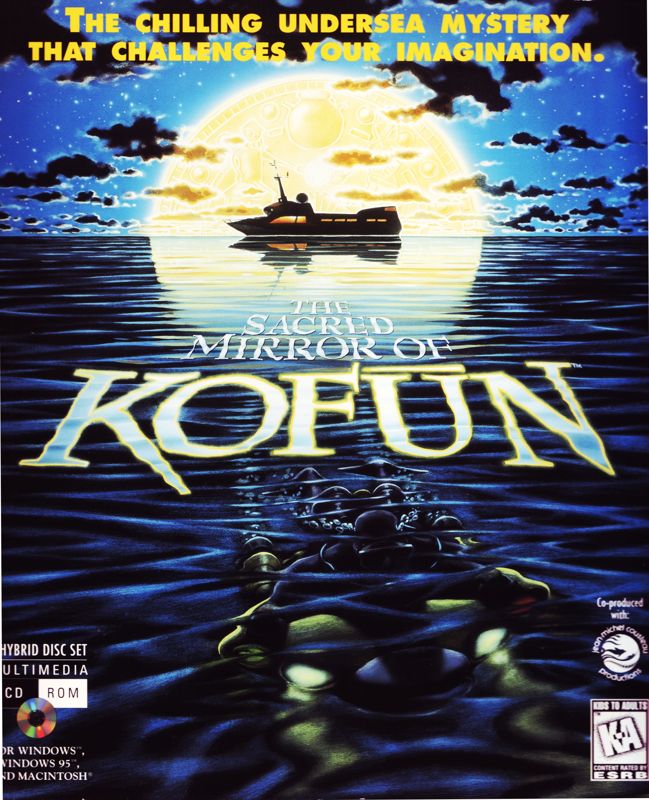
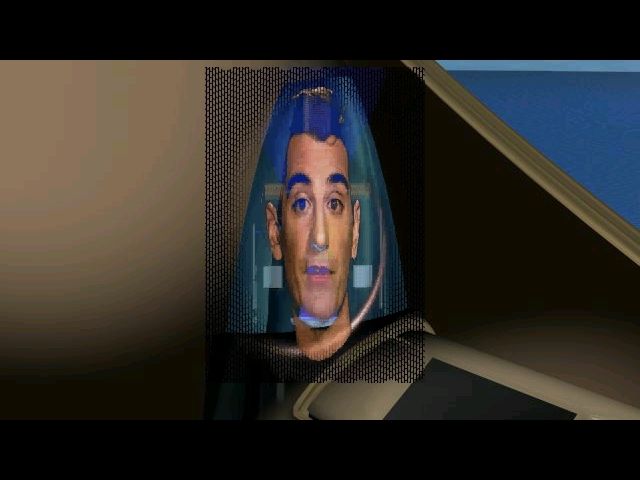
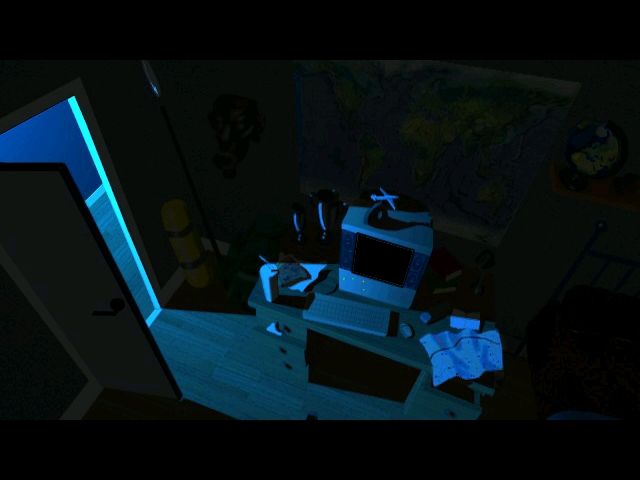
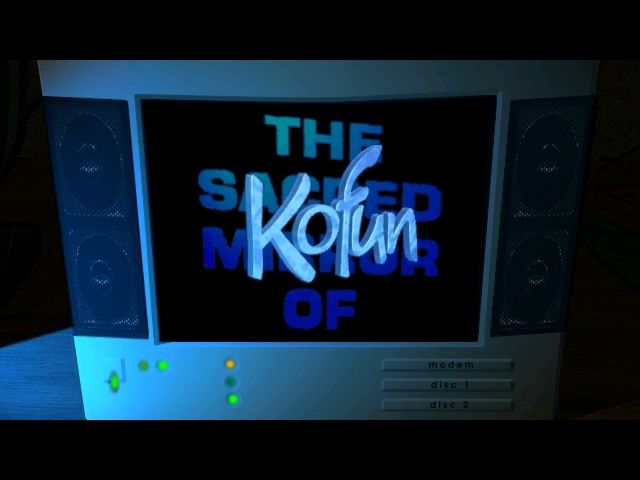
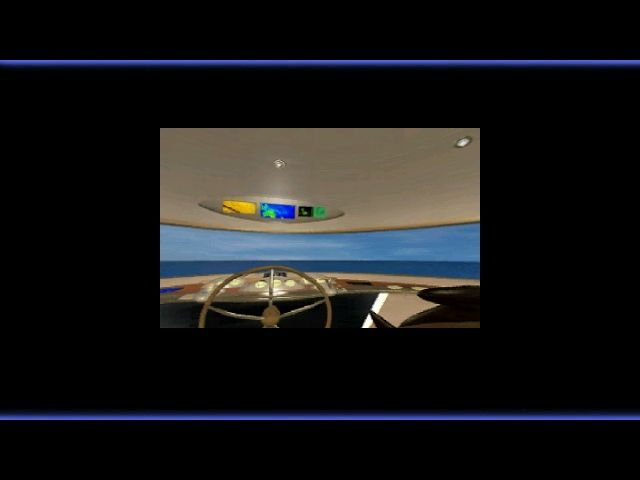
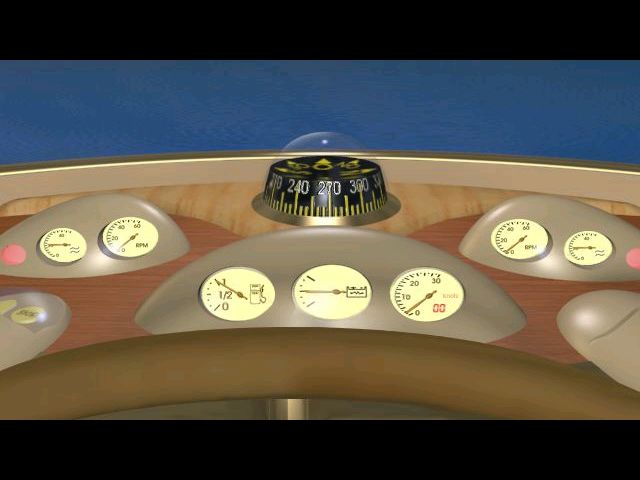



Reviews
There are no reviews yet.